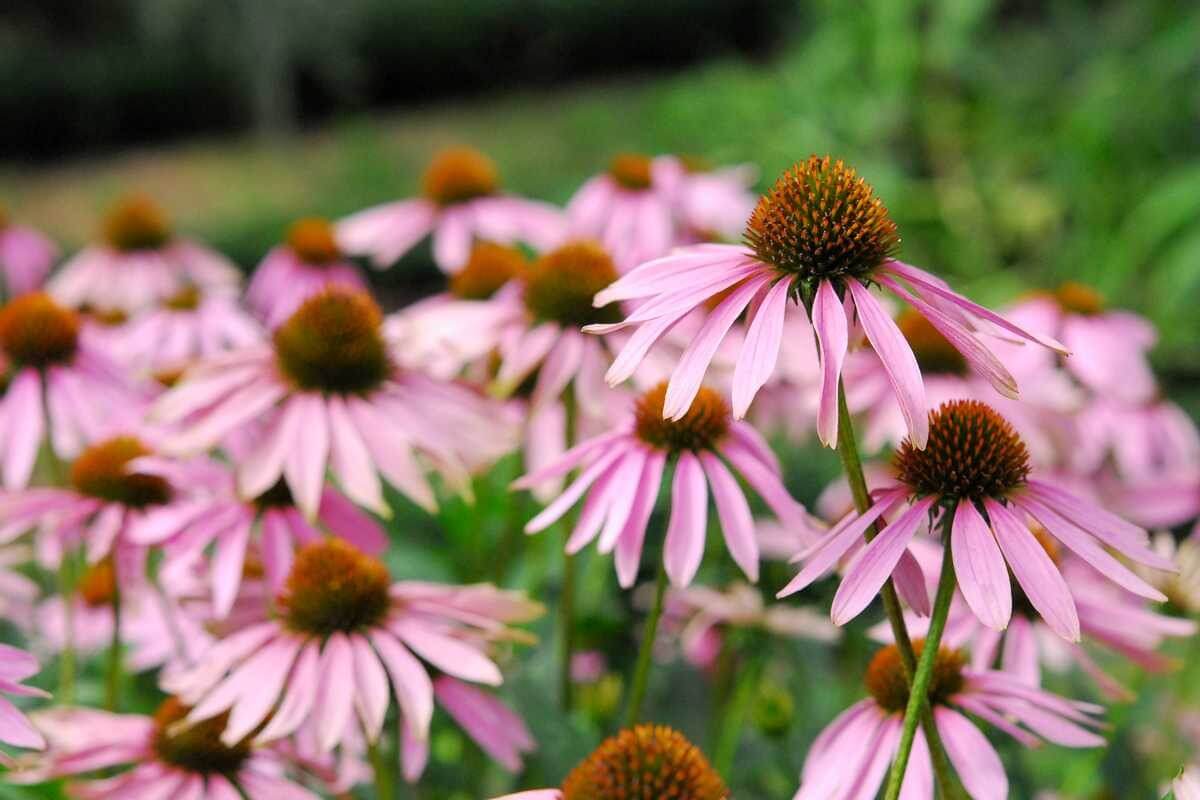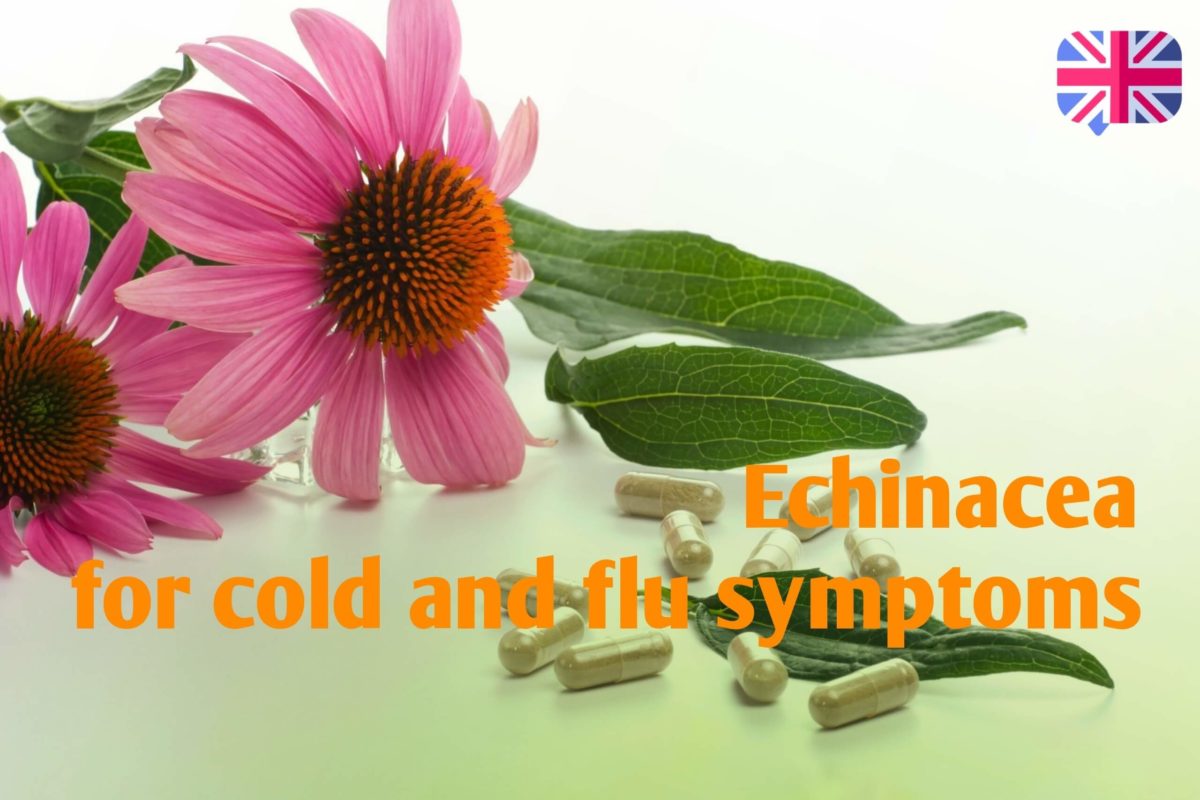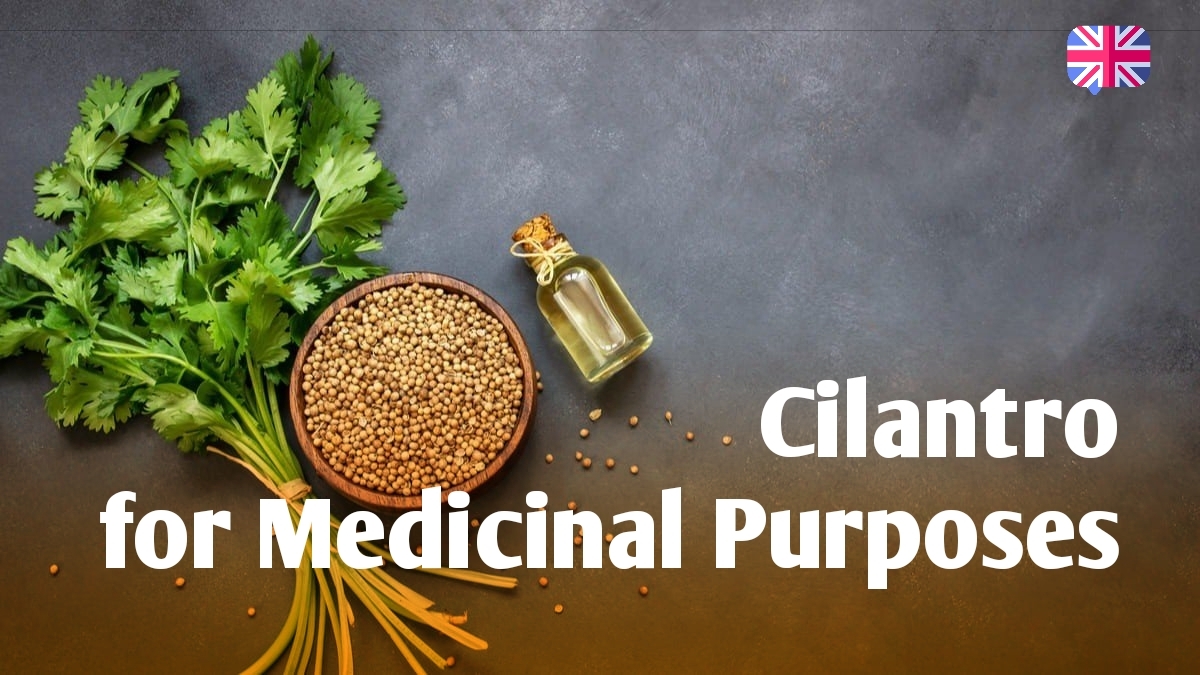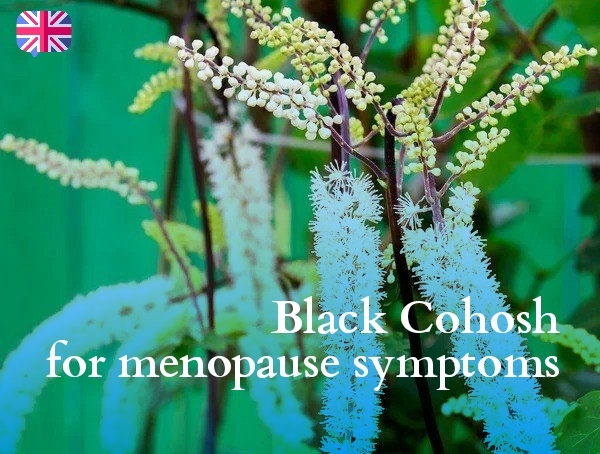HERB - Introduction to the Versatility and Benefits of Herbs
Exploring the Medicinal Uses and Alternative Treatments of Echinacea for Cold and Flu Symptoms
Cold and flu season is never a fun time, but luckily there are many natural remedies available that can help alleviate symptoms and speed up recovery. One such remedy is Echinacea, a plant with a long history of medicinal use. In this article, we will explore the benefits of Echinacea for cold and flu symptoms, as well as how to use this herb as an alternative treatment.
What is Echinacea?
Echinacea, also known as the purple coneflower, is a plant native to North America. The plant has long been used by indigenous people for its medicinal properties, and has recently gained popularity as a natural remedy for cold and flu symptoms. There are several species of Echinacea, but the most commonly used for medicinal purposes are Echinacea angustifolia, Echinacea purpurea, and Echinacea pallida.
Medicinal Uses of Echinacea
Echinacea is known for its immune-boosting properties, making it a popular choice for treating cold and flu symptoms. The plant contains several active compounds, including polysaccharides, flavonoids, and alkamides, which have been shown to stimulate the immune system and reduce inflammation.
In addition to its use for cold and flu symptoms, Echinacea has been used for a variety of other health conditions, including:
- Infections: Echinacea has been used to treat a variety of infections, including upper respiratory infections, urinary tract infections, and gum disease.
- Skin Conditions: Echinacea has been used topically to treat skin conditions such as eczema, psoriasis, and acne.
- Anxiety: Echinacea has been shown to have a calming effect on the nervous system, making it a potential treatment for anxiety.
- Allergies: Echinacea has been shown to reduce the symptoms of allergies, including itching, sneezing, and runny nose.
- Inflammation: Echinacea has been shown to have anti-inflammatory properties, making it a potential treatment for conditions such as arthritis.
How to Use Echinacea

Echinacea can be taken in several different forms, including:
- Tea: Echinacea tea can be made by steeping 1-2 teaspoons of dried Echinacea root or leaves in hot water for 10-15 minutes. The tea can be consumed up to three times per day.
- Tincture: Echinacea tincture is made by extracting the active compounds from the plant using alcohol. The tincture can be taken by adding a few drops to a glass of water or juice.
- Capsules: Echinacea capsules are available in many health food stores and can be taken as a supplement.
It is important to note that while Echinacea is generally considered safe, it may interact with certain medications, including immunosuppressants and birth control pills. As with any herbal remedy, it is best to consult with a healthcare provider before using Echinacea.
Alternative Treatments for Cold and Flu Symptoms
In addition to Echinacea, there are many other natural remedies available that can help alleviate cold and flu symptoms. Some of these remedies include:
- Vitamin C: Vitamin C is known for its immune-boosting properties and can help reduce the severity of cold and flu symptoms.
- Zinc: Zinc can help reduce the duration and severity of cold and flu symptoms.
- Elderberry: Elderberry has been shown to have antiviral properties and can help reduce the duration and severity of cold and flu symptoms.
- Garlic: Garlic has been shown to have antibacterial and antiviral properties, making it a potential treatment for cold and flu symptoms.
- Ginger: Ginger has anti-inflammatory properties and can help.
How to Use Echinacea
There are several ways to use echinacea to treat cold and flu symptoms. Here are some of the most common methods:
6.1. Echinacea Tea
One of the simplest ways to use echinacea is to make a tea from the dried roots, leaves, or flowers of the plant. To make echinacea tea, follow these steps:
- Boil water in a pot.
- Add a tablespoon of dried echinacea roots, leaves, or flowers to the pot.
- Reduce the heat and let the echinacea steep for 10-15 minutes.
- Strain the tea into a cup.
- You can add honey or lemon to the tea for taste.
You can drink echinacea tea two to three times a day to help relieve your cold or flu symptoms.
6.2. Echinacea Tincture
Another common way to use echinacea is to make a tincture. A tincture is a concentrated liquid extract of the plant. You can buy echinacea tincture at health food stores or online, or you can make it yourself.
To make echinacea tincture, follow these steps:
- Fill a glass jar with dried echinacea roots, leaves, or flowers.
- Pour 80-proof vodka over the herbs until they are completely covered.
- Seal the jar and shake it well.
- Store the jar in a cool, dark place for 4-6 weeks.
- Strain the liquid through a cheesecloth or coffee filter.
- Store the tincture in a dark glass bottle.
You can take echinacea tincture two to three times a day to help boost your immune system and fight off cold and flu symptoms. The recommended dose is 30-40 drops per dose.
6.3. Echinacea Supplements
Echinacea supplements are available in the form of capsules, tablets, and liquids. They are convenient and easy to use, but they may not be as effective as other forms of echinacea.
When choosing an echinacea supplement, make sure it contains at least 10% echinacea purpurea or echinacea angustifolia. Look for products that are standardized for echinacosides, the active ingredients in echinacea.
The recommended dosage for echinacea supplements is 500-1000 mg per day, divided into two or three doses.
7. Precautions and Side Effects
Echinacea is generally safe for most people when used as directed. However, some people may experience side effects, such as:
- Upset stomach
- Headache
- Dizziness
- Allergic reaction (rare)
People with autoimmune diseases, such as lupus or rheumatoid arthritis, should avoid using echinacea. Pregnant and breastfeeding women should also avoid using echinacea.
If you are taking any medications, including immunosuppressants, blood thinners, or antifungal drugs, talk to your doctor before using echinacea.
Conclusion

Echinacea is a popular herbal remedy for cold and flu symptoms. It has been used for centuries to boost the immune system and fight off infections.
While echinacea is generally safe and effective, it is important to use it as directed and to talk to your doctor if you have any health conditions or are taking any medications.
As with any alternative treatment, echinacea should be used in conjunction with traditional medical care, not as a replacement for it.
By incorporating echinacea into your cold and flu treatment plan, you can help reduce the severity and duration of your symptoms and get back to feeling like yourself again.











